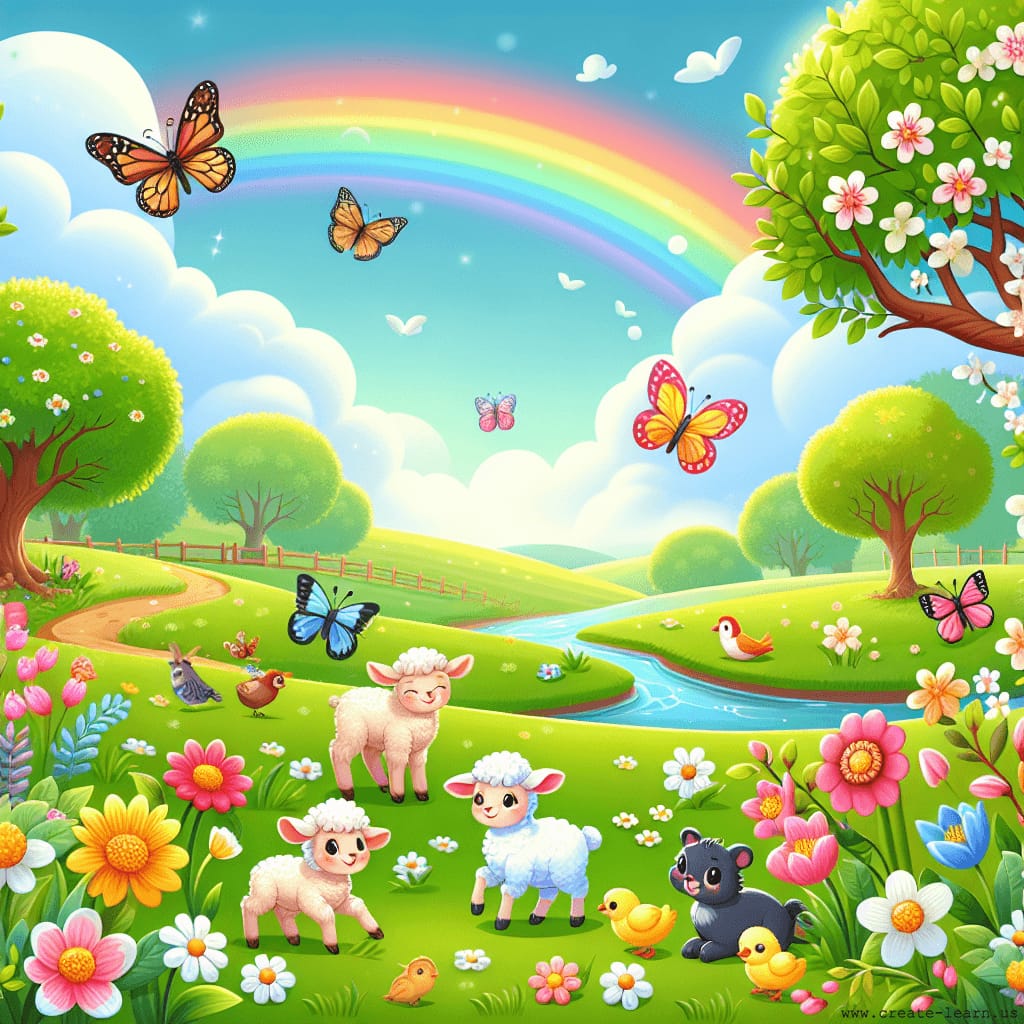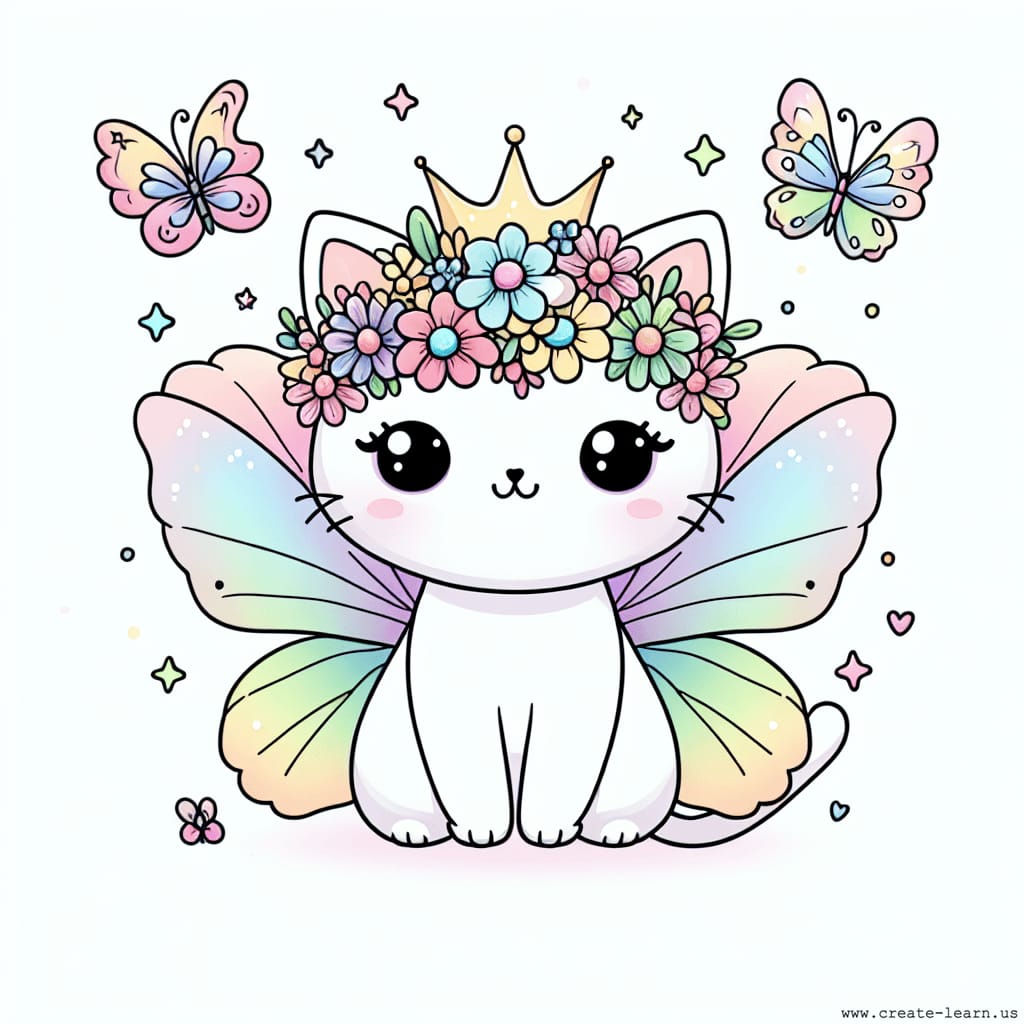
Kitty hosts an interactive quiz about spring. Using text to speech, Kitty asks questions about flowers, animals, and the season. Students can answer by moving close to the camera for video sensing or clicking options. Kitty responds with cheerful graphics effects for correct or incorrect answers.


These are the high level steps to create this project. Try to create the project on your own first as much as possible, before checking the detailed solution samples below.
This section provides detailed, step-by-step instructions on how to build the project. There are many ways to create a project, so feel free to explore different approaches. Please note that these instructions are Al-generated, so errors may occur and the coding blocks may not map to Scratch exactly. But it should serve as very valuable references. Stay attentive as you follow along, and enjoy!
Start a new Scratch project. Delete the default sprite and add the 'Kitty' sprite from the library. Choose a cheerful spring-themed backdrop, like a garden or park, to set the scene for the quiz show.
Add the Text to Speech extension. Program Kitty to say a question about spring using the 'speak' block, such as 'What color are most daffodils?'
Add the Video Sensing extension. For video sensing, ask students to move close to the camera to answer. For clicking, create answer buttons as sprites (like 'Yellow', 'Blue', 'Red'). Program them so that when the correct answer is chosen, it triggers a response.
When a student answers, use 'change color effect' or 'show confetti' graphics to celebrate correct answers, and maybe a funny effect for incorrect ones.
Add more questions using the same method. At the end, have Kitty thank the player and maybe give a final score or message.
It is common to have bugs in the code. Here are some of issues you might run into.
Enroll your child in award-winning online Scratch coding classes led live by experts and designed by professionals from Google, Stanford, and MIT.
The challenge continues: Enjoy even more Scratch tutorials dreamed up by other students or use your imagination to make your own!
Explore your child's grade level to find computer science classes and learning pathways that set your student up for success.